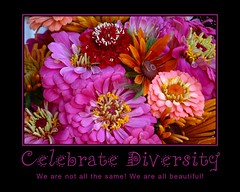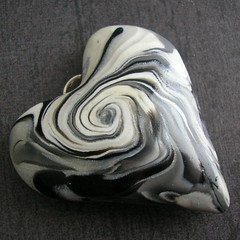
I have just finished reading a book entitled "Elizabeth and Hazel: Two Women of Little Rock, the moving story behind the later-in-life meeting of the two primary subjects in an infamous post-segregation photo. In September 1957, Elizabeth Eckford was among nine black teenagers designated to desegregate Central Little Rock High School following the Brown vs. Board of Education decision to integrate. She was supposed to walk alongside her fellow prospective students for their first day of classes, guided by adults, but, on the morning of the arranged walk, one of these adults forgot about Elizabeth and she was forced to walk alone amidst a terrifying gauntlet of hostile whites, one of whom was a girl her age named Hazel Bryan, whose venomous facial expression was frozen on film for all time as she stood in the crowd behind Elizabeth, who was captured leaving the building after being turned away. This experience, along with the torment visited upon Elizabeth and the rest of the Little Rock Nine in the halls of Central, left behind deep emotional and psychological scars that so traumatized Ms. Eckford that even when she and Hazel Bryan Massery formed a friendship in their older years, she was mistrustful of Hazel’s motives for reconciliation , Hazel felt there was nothing more she could do to convince her of her sincerity, and their fragile short-lived accord fell apart. Upon reading of this unfortunate development that could’ve held promise, I was struck by the realization that I could see both sides of the issue, the black and white of it, so to speak. The brutal oppression of Southern slavery and the overt and institutional racism in both the North and South have left many in the black community feeling just as mistrustful of white peoples’ motives as Elizabeth , conversely, there are many in the white community who are working to undo the ugly legacy left by some of their ancestors. Understanding both sides of this painful and long-standing issue feels like the essence of what it means o be and identify as biracial. Knowing that this barrier must be breached is what it means to be a good citizen and a moral human being.





